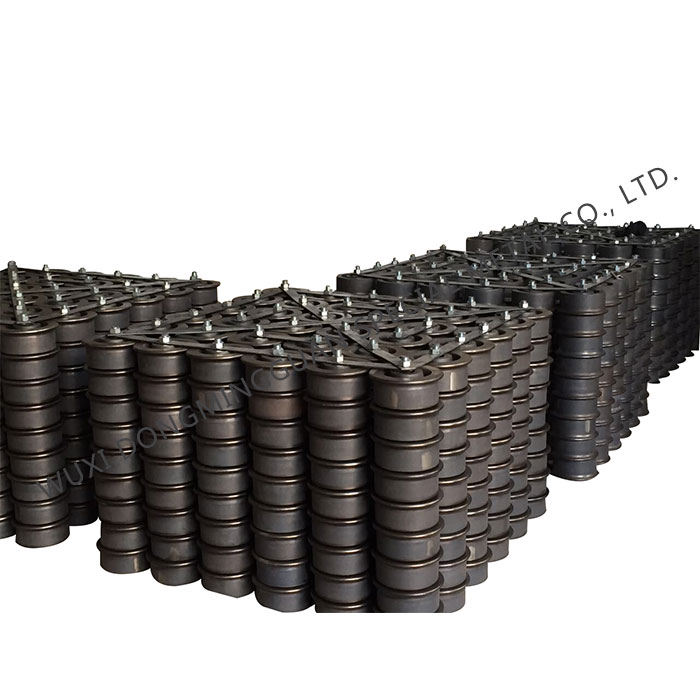


Custom Stainless Steel Valve Cover Castings And Heat-resistant Stainless Steel Castings Process
-
Payment


-
Origin
China Mainland
-
Minimum Order
1
-
Packing
Pieces
- Contact Now Start Order
- Description
Product Detail
CORROSION RESISTANT STEEL GRADES
MARTENSITIC
A protective passive oxide film can develop on steels with chromium contents above 12%, imparting to these steels “stainless” characteristics. By maintaining a suitable composition balance between carbon and chromium, a series of high strength stainless steels are produced (R23-R23XHC).
Components cast in these alloys meet specific hardness and wear resistance criteria through closely controlled heat treatment practices. Alloy toughness and versatility are enhanced by additions of nickel and molybdenum (R24).
PRECIPITATION HARDENING
Strength and corrosion resistance superior to many martensitic stainless steel alloys is achieved by precipitation hardening a low carbon martensitic or semi-martensitic stainless steel (R27-R28). This is accomplished by accurate alloying and a low temperature heat treatment, allowing machined parts to be age hardened with only minimal distortion and scaling. Depending upon the particular alloy composition and heat treatment programme, precipitation hardening stainless steels can be supplied with appropriate hardness differentials to avoid galling and seizing during metal to metal contact
AUSTENITIC
Austenitic stainless steels are very tough and essentially non-magnetic alloys that are alloyed to produce resistance to corrosion in a variety of environments.
The basic 18% chromium/10% nickel grade (R31) has a very good corrosion resistance in many applications. This alloy can be refined (R31LC) or alloyed with molybdenum (R33,R34) for enhanced corrosion resistance or modified for improved welding (R30) and machining (R32) characteristics. Increasing nickel content and alloying with molybdenum and copper results in greatly improved corrosion resistance in more aggressive environments such as hot sulphuric acid (R36,R37).
DUPLEX
Duplex stainless steels comprise a mixture of ferrite and austenite, producing a alloy with many of the advantages offered by both structures (R29). They generally have comparable or better corrosion resistance to austenitic steels, with more than twice the yield strength, and are especially resistant to pitting corrosion and stress corrosion cracking in chloride environments.
Duplex alloys are made to a wide range of internationally recognised and proprietary specifications, through precise control of alloying content of both primary and trace elements and tailored heat treatment. Thus a series of duplex alloys develops with each grade processing specific characteristics such as Pitting Resistance Equivalent, yield strength and ferrite austenite ratio to suit a particular application.
NICKEL AND COBALT ALLOYS
The 99.5% cast nickel grade (R48) is designed to resist hot caustic solutions and can be alloyed to increase strength. Nickel-copper Monel type alloys (R47) have very good resistance to chloride corrosion. This grade can be supplied with additional silicon and age hardened (R47S) for increased strength where erosion-corrosion and galling occur in chloride containing media. The nickel-molybdenum-chromium (R39) Hastelloy type grades provide unique corrosion resistance to hydrochloric, phosphoric and hydrofluoric acid. QC R39 can additionally be alloyed with one or a combination of tungsten, vanadium, niobium, copper, tin and bismuth to produce metals with increased strength, high temperature capabilities, improved corrosion resistance and anti-galling properties.
STAINLESS STEEL GRADES
R22Grade 420F
R23AS 2074-H3A,B, A743 CA-15
R23HCA743-CA40
R23XHCA743-CA40
R24AS 2074-H3C, A743-CA6NM
R25VHCAISI TYPE 440C
R26AISI TYPE 431
R26HCQC Special Alloy
R27AS 2074-H7B, A447-CB7Cu 2
R28AS 2074-H7A, A447-CB7Cu 1
R29-1AA744-CD4MCu, A890-1A
R29-4AA890-4A
R29-5AA890-5A
R30AS 2074-H5C, A351-CF8C
R31AS 2074-H5A, A351-CF8
R31LCA351-CF3
R32AS 2074-H5AM,BM, A743-CF16F
R33AS 2074-H6B, A351-CF8M
R33AS 2074-H6B, A351-CF8M
R33LCA351-CF3M
R33NbAS 2074-H6C
R34AS 2074-H6A, A351-CG8M
R36AS 2074-H9A, A744-CN7M
R37A744-CN7MS
R39A494-CW6M, INCOLOY C-276
R40A494-CW12MW, INCOLOY C-276
R42A494-N7M, HASTELLOY B-2
R43QC Alloy
R47A494-M35-1, MONEL 400
R48A494-CZ100, NICKEL 200
AUSTENITIC STAINLESS STEELS
Austenitic stainless steels are very tough and essentially non-magnetic alloys that are alloyed to produce resistance to corrosion in a variety of environments.
The basic 18% chromium/10% nickel grade (R31) has a very good corrosion resistance in many applications. This alloy can be refined (R31LC) or alloyed with molybdenum (R33,R34) for enhanced corrosion resistance or modified for improved welding (R30) and machining (R32) characteristics. Increasing nickel content and alloying with molybdenum and copper results in greatly improved corrosion resistance in more aggressive environments such as hot sulphuric acid (R36,R37).
AUSTENITIC STAINLESS GRADES
R30AS 2074-H5C, A351-CF8C
R31AS 2074-H5A, A351-CF8
R31LCA351-CF3
R32AS 2074-H5AM,BM, A743-CF16F
R33AS 2074-H6B, A351-CF8M
R33AS 2074-H6B, A351-CF8M
R33LCA351-CF3M
R33NbAS 2074-H6C
R34AS 2074-H6A, A351-CG8M
R36AS 2074-H9A, A744-CN7M
R37A744-CN7MS
DUPLEX STAINLESS STEELS
Duplex stainless steels comprise a mixture of ferrite and austenite, producing a alloy with many of the advantages offered by both structures. They generally have comparable or better corrosion resistance to austenitic steels, with more than twice the yield strength, and are especially resistant to pitting corrosion and stress corrosion cracking in chloride environments.
Duplex stainless steels have for years been providing excellent service in seawater on offshore platforms and in a wide variety of other chloride containing environments.
The pitting resistance equivalent number (PREN) is an empirical guide to the grading of alloys for resistance to seawater. Duplex stainless steel has been designed to exceed the commonly specified PREN of 40 and provide, for example, castings suitable for pumps and valves on offshore oil and gas platforms.
DUPLEX GRADES
R29-1AA744-CD4MCu, A890-1A
R29-4AA890-4A
R29-5AA890-5A
Fatigue Characteristics: These alloys have superior resistance to fatigue and corrosion fatigue.
Machine and Weldability: Duplex and Super Duplex alloys are readily machined. Surface work hardening can occur. These alloys are also readily weldable.
Standards:
Casting specifications UNS J93404, J92205 and J93370/73
ASTM A890 Grades 1A, 1C, 4A, and 5A
Listed in MRO175 for sour service.
Applications:
Duplex and Super Duplex are a high-tech alloys for use in many situations where safer more cost effective, high strength, corrosion resistant alloys are needed. Some of the various applications are:
Worldwide use on offshore development.
Marine environments.
Seawater systems and cooling.
Oil and gas industry.
Process systems in Chemical plants.
Refineries and Petrochemical plants.
Fire water systems.
Pump and valve castings.
DaviesBaird would welcome the opportunity of having our experienced team of foundry engineers and metallurgists work with you to provide the most suitable grade for your application.
MARTENSITIC STAINLESS STEELS
A protective passive oxide film can develop on steels with chromium contents above 12%, imparting to these steels “stainless” characteristics. By maintaining a suitable composition balance between carbon and chromium, a series of high strength stainless steels are produced (R23-R23XHC).
Components cast in these alloys meet specific hardness and wear resistance criteria through closely controlled heat treatment practices. Alloy toughness and versatility are enhanced by additions of nickel and molybdenum (R24).
MARTENSITIC GRADES
R23AS 2074-H3A,B, A743 CA-15
R23HCA743-CA40
R23XHCA743-CA40
R24AS 2074-H3C, A743-CA6NM
R25VHCAISI TYPE 440C
PRECIPITATION HARDENING
Strength and corrosion resistance superior to many martensitic stainless steel alloys is achieved by precipitation hardening a low carbon martensitic or semi-martensitic stainless steel. This is accomplished by accurate alloying and a low temperature heat treatment, allowing machined parts to be age hardened with only minimal distortion and scaling. Depending upon the particular alloy composition and heat treatment programme, precipitation hardening stainless steels can be supplied with appropriate hardness differentials to avoid galling and seizing during metal to metal contact
PRECIPITATION HARDENING GRADES
R27AS 2074-H7B, A447-CB7Cu 2
R28AS 2074-H7A, A447-CB7Cu 1
- High Quality Centrifugal Water Pump Pipe Castings Centrifugal Fan Impeller Casting 1 Pieces / (Min. Order)
- Custom Stainless Steel Sand Casting And High Temperature Stainless Steel Casting Products 1 Pieces / (Min. Order)
- High Quality Centrifugal Water Pump Pipe Castings Centrifugal Fan Impeller Casting 1 Pieces / (Min. Order)
- Custom Stainless Steel Sand Casting And High Temperature Stainless Steel Casting Products 1 Pieces / (Min. Order)
- Professional Municipal Solid Waste Garbage Incinerator Grate Process 1 Pieces / (Min. Order)
- Professional Household Garbage Incinerator Grate Process 1 Pieces / (Min. Order)
- Professional Heat Treatment Furnace Charge/heat Resistant Steel Charging Tray/mesh Belt Furnace Bottom Plate Process 1 Pieces / (Min. Order)
- Factory Direct Sales of Chain Annealing Furnace Transmission Chain/pull Claw 1 Pieces / (Min. Order)
- Professional Precision Precoated Sand Shell Casting Equipment 1 Pieces / (Min. Order)
- Flow Chart for Professional Precision Sand Mold Stainless Steel Casting 1 Pieces / (Min. Order)
- Supply 316 L /316/304 Stainless Steel Faucet Castings Processing 1 Pieces / (Min. Order)
- High Quality High Temperature Resistant/wear Resistant/heat Resistant Steel Ductile Cast Iron Processing 1 Pieces / (Min. Order)


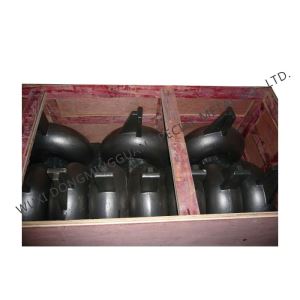
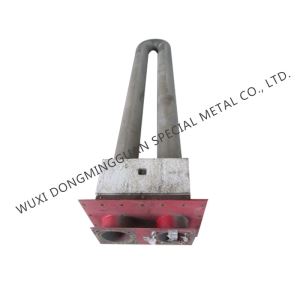
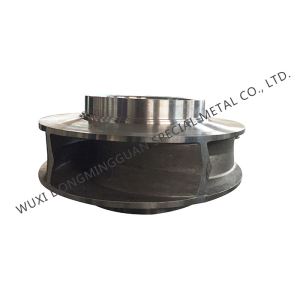
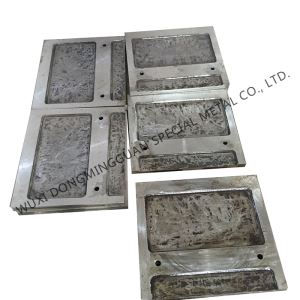


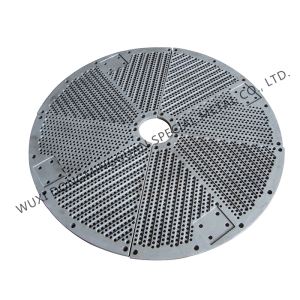
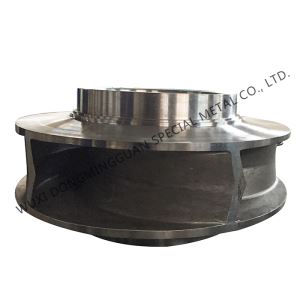
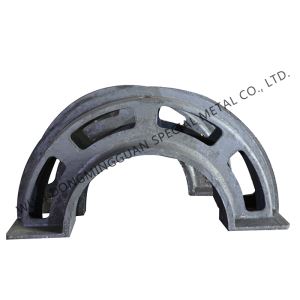


 Favorites
Favorites
